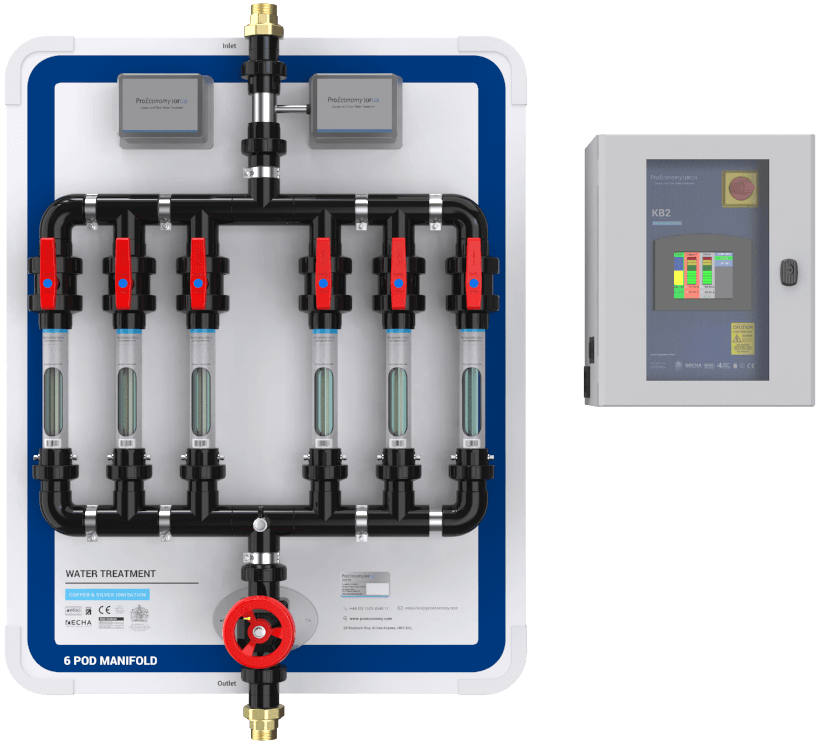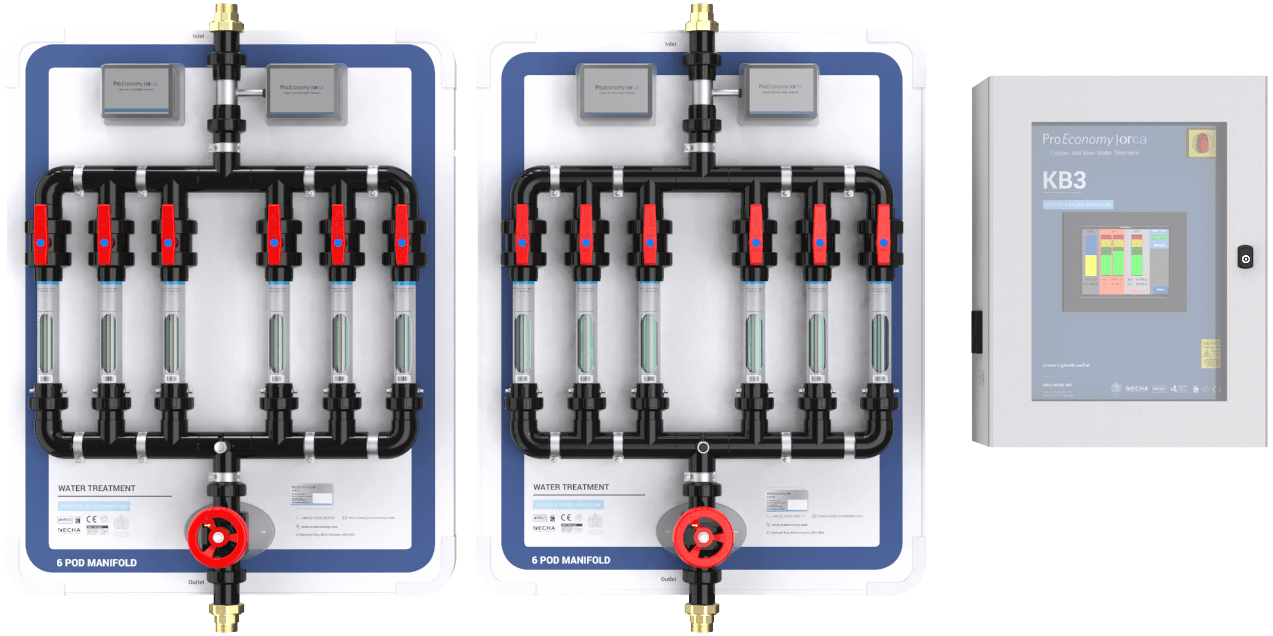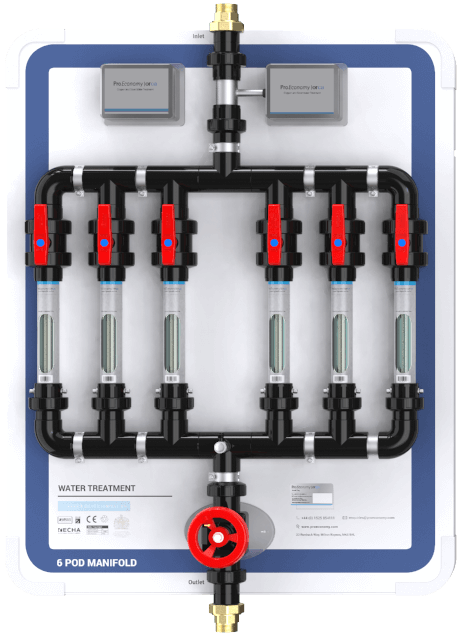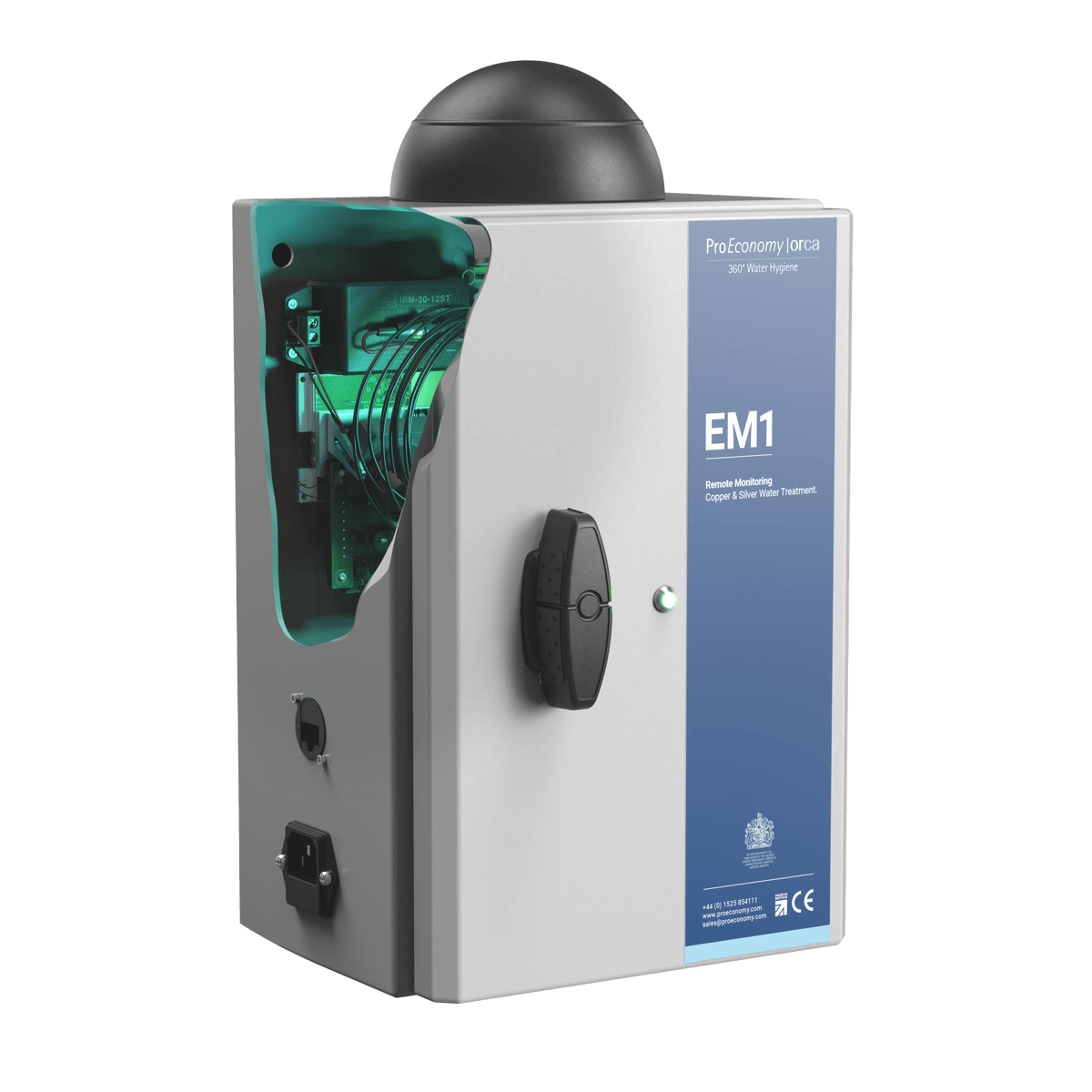Mycobacterium
What is Mycobacterium?
Mycobacteria is a bacteria that is often found in water systems. It causes Nontuberculous Mycobacteria (NTM) disease as well as several other health complications. It proliferates rapidly in warm water environments and poses a threat when exposed to humans, especially those that are immunosuppressed.
It enters the body in a variety of ways, such as ingesting contaminated water, breathing in the bacteria, or allowing it to come into contact with broken skin.
Mycobacteria is a growing concern within the water quality arena and studies have shown that up to 38% of all water systems are contaminated with Mycobacteria with over 75,000 documented cases each year in the U.S.
Mycobacteria tends to be harder to treat within water systems than Legionella. This is because it has a less permeable cell wall and can hide within Biofilms and even Amoebas. Oxidising chemicals (such as Chlorine) have been shown to have limited affect at treating it - Chlorine needs to be 2300 times more concentrated within water systems to inactivate the bacteria. This is further exacerbated by the oxidising nature of chemicals like Chlorine Dioxide that tend to gas off over time and distance, which can limit it’s biocidal presence.
Lutz, J.K. & Lee, J., 2011.
Prevalence and antimicrobial resistance of Pseudomonas aeruginosa in swimming pools and hot tubs.
Int. J. Environ. Res. Public Health, 8, 554-564.
"The temperature range in indoor recreational water is ideal for P. aeruginosa proliferation, which routinely grows in water 4-42 degrees Centigrade."
Studies have shown that copper and silver water treatment can be effective against Mycobacteria, but it requires longer to do so then for other more susceptible pathogens. Because copper and silver ions do not gas off and have good residual values, it means that copper and silver is able to remain in the presence of the bacterium for longer and therefore elicit stronger inactivation. If you are interested in the efficacy of copper and silver water treatment on Mycobacteria please check out this article: https://copperandsilverassociation.com/wp-content/uploads/2017/12/Lin-et-al-1998-mycobacterium-and-cu-ag.pdf
We are conducting our own research to understand treatment options for this bacterium and how we can change our treatment protocols to best combat the pathogen.
For more information please get in touch here.
Health and Safety Executive, (2014) HSG274 Part 2: The control of bacteria in hot and cold water systems, para. 2, p.3
“There is a reasonably foreseeable Legionella risk in your water system if:- water is stored or recirculated as part of your system
- the water temperature in all or some part of the system may be between 20–45 °C;
- there are deposits that can support bacterial growth, such as rust, sludge, scale and organic matter;
- it is possible for water droplets to be produced and, if so, if they can be dispersed;
- it is likely that any of your employees, contractors, visitors etc. could be exposed to any contaminated water droplets.”




















